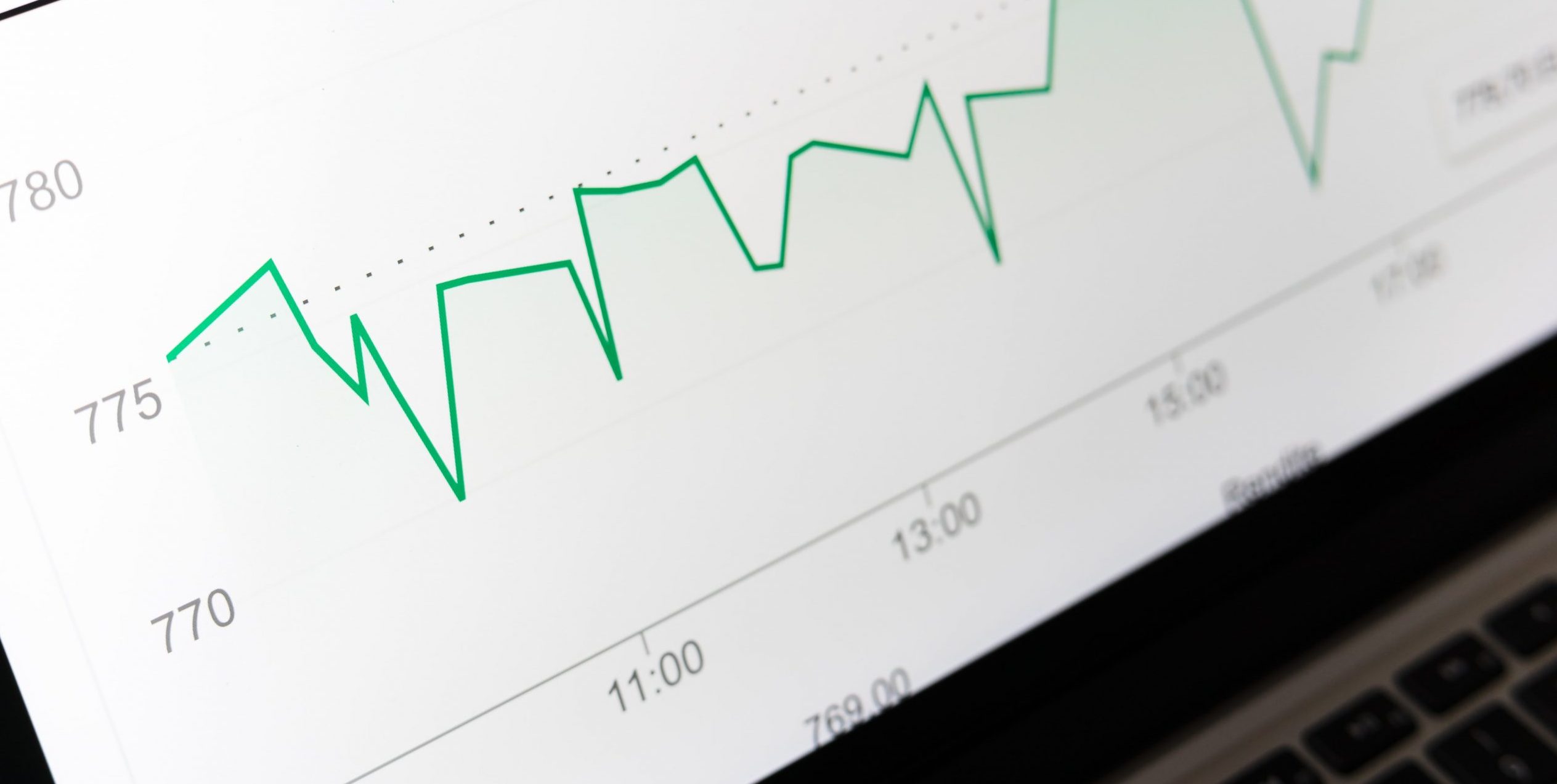In SEO, nothing stays the same for long; a link strategy that works one day may not work the next. Google originally launched its nofollow link attribute in 2005 in an attempt to stop comment spam and untrusted links. The Googlebot didn’t crawl, index or rank internal and external links, but ignored them completely. The rel=“nofollow” attribute excluded a link from the search algorithm, and that was that.
In September 2019, Google revealed that the nofollow feature would begin weighing in on how Google would rank the site, i.e. the content, links and anchor text would feature in spam measurements, but more as a “hint” than an explicit directive. With this update Google could now recognise content and anchor text, and follow the links they deemed necessary, regardless of nofollow. Importantly, Google claimed it still would not crawl or index these links in any way. With this update we were also introduced two new related link attributes, rel=“sponsored” and rel=“ugc” (where UGC is user-generated content). Both of these contain more detailed information about the link.
What each attribute means
- rel=“nofollow” applies whenever you want to link to another webpage but don’t want to endorse or give any credit to that page in the process. This attribute basically allows Google to treat the untrusted or spammy link, and will likely be ignored.
- rel=“sponsored” is to help Google recognise those links that you’ve deliberately added for advertising, sponsorships, or other paid agreements.
- rel=“ugc” tells Google what you consider user-generated content, for example legitimate comments on a blog or a forum post.
It’s possible to give a single link more than one attribute, for example rel=“nofollow sponsored.” However, the impact of a link will be reduced if it’s not an accurate description of the link, for example if you’ve chosen rel=“sponsored” for a blog comment.
The March 2020 update
After March 2020, Google will treat the nofollow attribute as a hint for conducting a spam analysis, and possibly for rankings, depending on just how relevant and high-quality the links were. If Google feels that, after crawling the surrounding content and anchor text, the link is in fact relevant, then it may crawl the link despite the nofollow tag.
What’s the confusion?
Google claimed in its update that links would not be ignored if they had any of these three attributes; rather, the attribute would give Google algorithms a “hint” about the kind of link it was seeing. In other words, data is still being collected from those links to track and rank the link scheme, ultimately having the potential to improve the overall website search ranking. This can be confusing unless you understand exactly why Google has made these updates.
The reason for this feature is to constantly discourage spammers – Google attempts to identify spammy, unnatural link patterns so these links can be properly omitted. The only way to do this is to gather the data for these links so Google can correctly recognise and categorise them. By calling these features a “hint” Google can still access the important data it needs.
To add to the discussion, John Mueller recently stated that all guest blog post links should also have at the minimum the nofollow attribute on them, regardless if they’re paid or not, and irrespective of how natural the link seems (for example, if you’ve put a link in the byline). This claim divided the SEO community as some links in guest posts are included for natural reasons, such as genuinely using a site for research purposes, or the link is included in an author’s bio. People also felt that, if a change like this were ever to be implemented, Google would be trying to have a larger claim over the internet.
Overall the mixed reaction to this change is yet to go away, with questions frequently appearing across social media platforms and forums. Furthermore, Google’s Gary Illyes mentioned in June that more nofollow link changes may be on the horizon.
What this means for your search results
Google will use these attributes to gather data to feed into its search ranking schemes, tagging links with information that marks it as excluded or included in searches. Though Google claims there should be no significant effect on search results, some people are naturally worried. It’s important to remember that even after the March update, the attributes are still just hints.
What should you do?
You don’t have to make any changes, if you don’t want to. You could opt to do nothing and keep using nofollow attributes as you have been. You could always consult your SEO team if you’re concerned about a few key links, however. For paid links, you will need to keep a nofollow attribute or amend it to a sponsored attribute or a mix of sponsored and nofollow.



